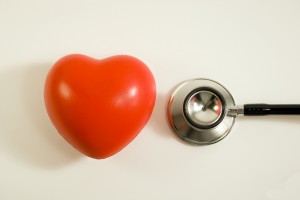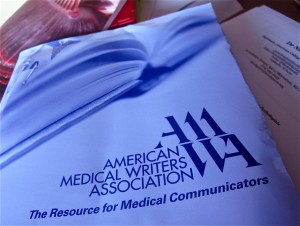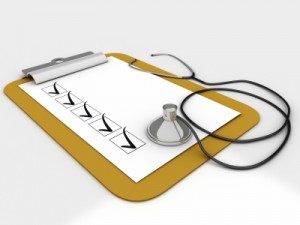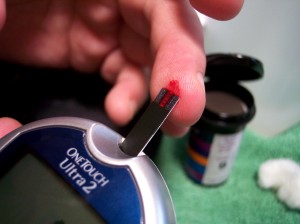 Were you one of the 50% of Americans who set up a New Year’s resolution last month as you rang out the old, and rang in the new? If so, I’m sure it’s no surprise to you to learn that although some people manage to stick with their goals, the majority, however, give up.
Were you one of the 50% of Americans who set up a New Year’s resolution last month as you rang out the old, and rang in the new? If so, I’m sure it’s no surprise to you to learn that although some people manage to stick with their goals, the majority, however, give up.
“What a mistake – the whole idea around New Year’s resolutions. People aren’t picking specific behaviors, they’re picking abstractions,” says Stanford University Professor, BJ Fogg.
Professor Fogg explains that people simply don’t do well when it comes to the vague aspirations that comprise most resolutions. He feels that abstract goals don’t work unless they are tied to specific behaviors, because they can be too difficult for the brain to focus on. He says that in order to retain new behavior, it needs to be instinctual – the more you have to remember to do something, the better the chances are that you’ll talk yourself out of it.
jk
Why Our Brain Has Trouble Handling New Year’s Resolutions
We all know that willpower is the magic ingredient to help us stick to our resolutions. The cells in the brain that control willpower are found just behind the forehead, in the prefrontal cortex – the region that is also responsible for managing short-term memory, helping us stay focused, and solving abstract tasks.
But the problem with the good old New Year’s resolution is that it typically requires a huge amount of willpower to carry it out – so much that our brain just can’t cope. Professor Baba Shiv at Stanford University demonstrated this, using 2 groups of undergraduate students. He gave one group a two-digit number to remember, and the other a seven-digit number to remember. Following a short walk, the two groups were offered a choice of two snacks: a slice of chocolate cake or a bowl of fruit. Surprisingly, the students with 7-digit numbers to remember were twice as likely to pick the slice of chocolate compared to the students with the 2-digit numbers.
Why does this happen? “Those extra numbers took up valuable space in the brain—they were a “cognitive load” – making it that much harder to resist a decadent dessert”, says Shiv.
Consequently, your prefrontal cortex needs to manage willpower in much the same way as a muscle needs to be trained. Making a decision at the start of the New Year to tax your prefrontal cortex with something like a resolution to stop smoking or to join a gym for the first time, is likened to trying to lift a 300lb barbell without any previous training.
However, making a new behavior “instinctual” – the crucial aspect for keeping it going – will better help you achieve any new habit. Since this is missing in 90% of all New Year’s resolutions, it makes them so likely to fail.
Fogg describes how the key is to make any goal a habit first. And, most importantly, to make it a tiny one. How might this translate to some of the most common New Year’s resolutions? Well, instead of making a vague aspiration to stop smoking, first resolve to merely stop smoking that one cigarette you have every morning after breakfast. And instead of simply declaring how you’re going to only eat healthy food, start by substituting that daily morning pastry for a banana. The chances of success will be 50% higher if you can break down your resolution into a small habit, rather than leaving it open and vague.
l
Positive Reinforcement
Fogg also believes in the power of positive reinforcement by rewarding yourself immediately after performing your new habit. For example, if flossing your teeth is your new resolution, start by flossing just one tooth, instead of trying to floss them all. And then reward yourself! “You declare victory. Like, “I am so awesome, I just flossed one tooth.” And I know it sounds ridiculous. But I believe that when you reinforce yourself like that, your brain will say yeah, awesome, let’s do that,” says Fogg.
This concept of behavioral triggers and rewards likely sounds familiar to those of you with pets. According to Fogg, “If you really took the techniques for training dogs and applied them to yourself, you would have much better success. Now, I’m sure people are upset with me for saying that because people want to think we’re different from other animals. When it comes to behavior, we’re a lot more alike than people want to believe.”
So, if you’re anticipating a hard time sticking with your resolution this year, hopefully you can now take some comfort in knowing that, despite popular opinion, a strong willpower is not something we’re born with. Self-control is not simply a character issue. Although most people assume that we would follow-through on our resolutions if we had a bit more discipline, this is not the case.
“Research suggests that willpower itself is inherently limited, and that our January promises fail in large part because the brain wasn’t built for success,” says Jonah Lehrer, author of “How We Decide” and “Proust Was a Neuroscientist.”
g
g
Image credit Stuart Miles @FreeDigitalPhotos









Follow Me!